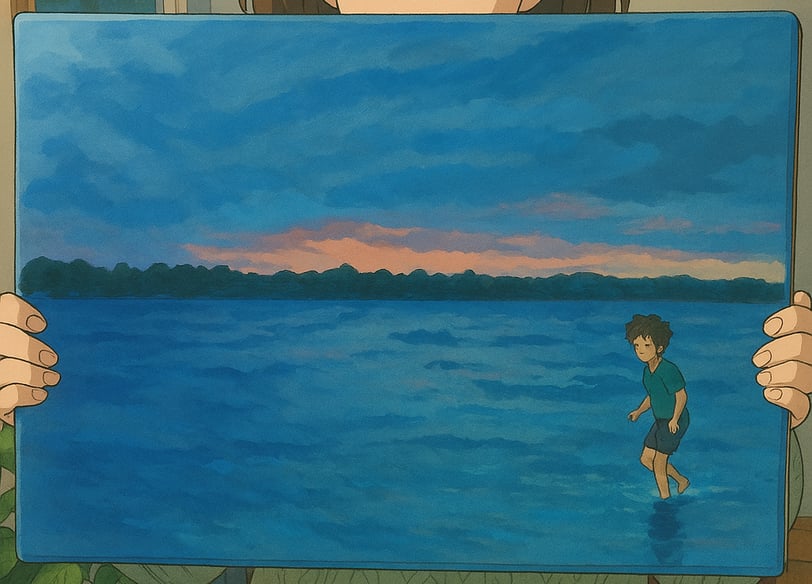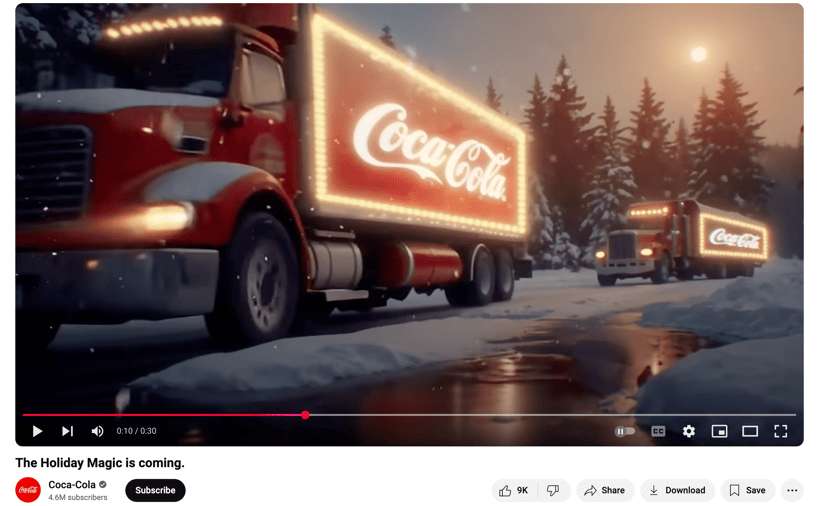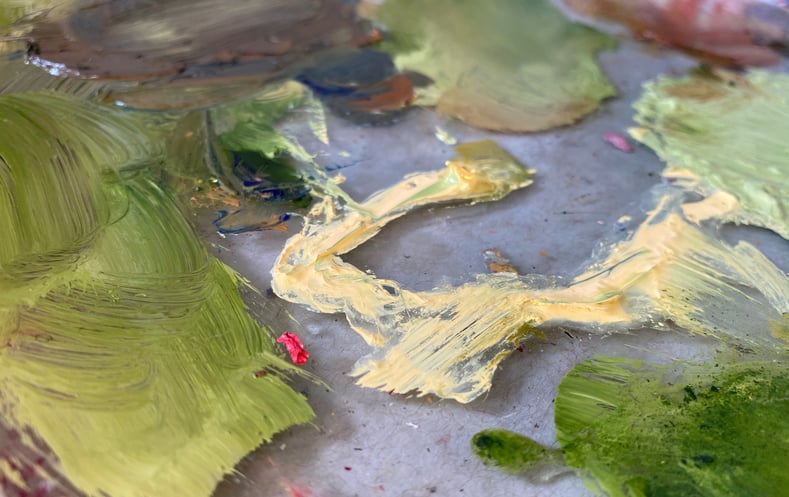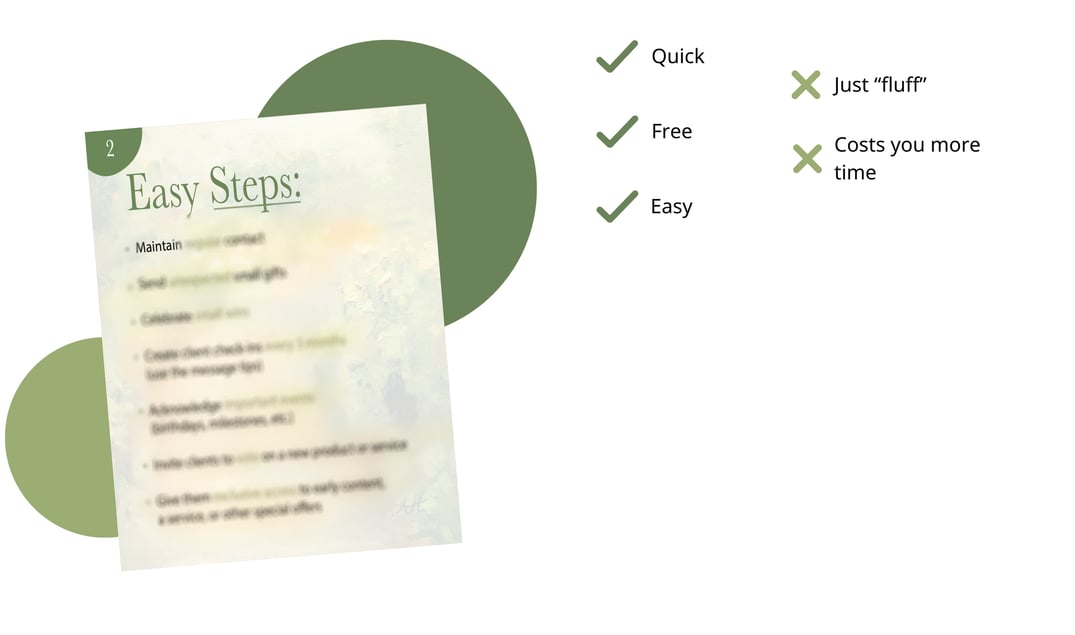AI Art: A Quick Fix or a Lasting Solution for Your Business?
4/3/20255 min read


In recent years, Studio Ghibli’s enchanting visuals have inspired countless artists and fans, and now, AI-generated art is taking the internet by storm. Everywhere you look, social media is flooded with AI-created images. As this technology continues to evolve, more business owners are jumping on the bandwagon, attracted by the promise of quick, cost-effective visuals. But should businesses be relying on AI art for their marketing and branding? The answer isn’t as simple as it might seem.
Why Are So Many Businesses Turning to AI Art?
AI art offers a compelling solution for businesses looking to quickly generate visuals without the steep costs associated with hiring an artist or designer. The process is simple: input a few prompts, and in a matter of seconds, you have a custom image tailored to your specifications. This rapid turnaround time, combined with low costs, is making AI-generated art an appealing option for businesses with tight deadlines and budgets.
Big brands like Coca-Cola have already embraced AI-generated visuals, including in their Christmas advertising campaigns. The technology is efficient, practical, and gets the job done—quickly and effectively. For businesses that need content on the fly, AI-generated images can be a lifesaver, providing a fast and hassle-free solution.
But this convenience comes with its own set of challenges and limitations.
The Limits of AI Art: What’s Missing?
While AI art can be incredibly useful for creating simple visuals, it has inherent limitations that human artists can overcome. AI-generated images are based on patterns and algorithms, pulling from vast datasets of pre-existing images to create something new. But these images, while often impressive at first glance, can lack the depth, emotion, and personal touch that come with art made by a real person.
Human artists create work with intention, emotion, and story. Art is not just about aesthetics—it’s about conveying a message, evoking feelings, and connecting with the viewer on a deeper level. When you purchase a piece of art from a human creator, you’re not just buying an image; you’re investing in the story behind it. Whether it’s the artist’s journey, their creative process, or the experiences that shaped the piece, there’s a personal connection that AI can’t replicate.
The Power of Storytelling in Art
In business, storytelling is one of the most powerful tools for building connections with your audience. When you use art to represent your brand, you’re not just showcasing a visual—you’re telling a story about who you are, what your values are, and why you do what you do. That’s why art is such a crucial element of branding—it’s a way to convey your message in a visual, memorable way that resonates with your target audience.
AI-generated art, however, struggles to convey these kinds of narratives. While AI can generate stunning visuals, it lacks the ability to imbue those images with the personal stories and experiences that make them meaningful. For example, an artist might tell the story of how they spent weeks crafting a piece, how they faced creative challenges, or how the work reflects their personal philosophy. These kinds of stories make art memorable—they create an emotional bond between the viewer and the work.
AI art doesn’t have that kind of backstory. It’s a creation of algorithms, not an artist’s journey. And in a world where consumers are constantly bombarded with digital content, it’s those stories that make a lasting impact and help your brand stand out.
The Impact on Brand Identity
When you choose AI-generated art, you’re essentially opting for a product that’s widely available to anyone. The images created by AI are based on existing data, and since AI tools are accessible to everyone, your visuals will likely look similar to what other businesses are using. This lack of originality can be a problem when you’re trying to build a strong, unique brand identity.
In contrast, custom art created by a human artist is exclusive to you. It’s a one-of-a-kind creation that can be tailored specifically to your brand, values, and messaging. The visual elements can be carefully crafted to reflect the uniqueness of your business, which helps you establish a distinctive brand presence that stands out from the crowd.
By relying on AI art, you risk blending into the sea of similar content that floods the internet. When everyone is using the same tools and algorithms, it’s hard to differentiate yourself and make a real impact.
Ethical Considerations
Another important factor to consider is the ethical aspect of using AI-generated art. Many artists are raising concerns about AI tools potentially devaluing human-created art and taking away opportunities for creative professionals. As AI art becomes more popular, it’s important for businesses to be mindful of the ethical implications of using these tools. Are you supporting artists, or are you opting for a more cost-effective but impersonal solution?
Businesses that choose to work with human artists, on the other hand, are directly supporting creativity and craftsmanship. They’re investing in the growth of the creative industry and ensuring that artists can continue to make a living from their work.
Does AI Art Leave a Lasting Impression?
While AI-generated art can serve as a quick and cost-effective solution, it’s unlikely to leave a lasting impression. The problem is that AI art is so widely accessible that it quickly becomes forgettable. When you rely on AI to create your visuals, your brand runs the risk of looking like everyone else—and in a crowded marketplace, blending in is not ideal.
If your goal is simply to fill space with visuals and you’re not concerned about brand identity or ethical considerations, then AI art may work for your business. However, if you’re aiming to build a meaningful connection with your audience and create a lasting impression, it’s worth considering other options. Investing in human-created art allows you to build a unique, authentic brand image that resonates with your audience in a way that AI art cannot.
Conclusion: What’s Right for Your Business?
Ultimately, the decision to use AI-generated art for your business depends on your goals and values. If you’re looking for a fast, cost-effective solution to generate basic visuals, AI art may be the right choice. But if you’re committed to building a memorable brand with a strong identity and emotional connection to your audience, you may want to reconsider relying solely on AI art.
AI can be a helpful tool, but it’s not a replacement for the creativity, emotion, and personal touch that comes with human-made art. To truly make an impact, it’s worth investing in art that tells a story—your story—and connects with your audience in a meaningful way.






